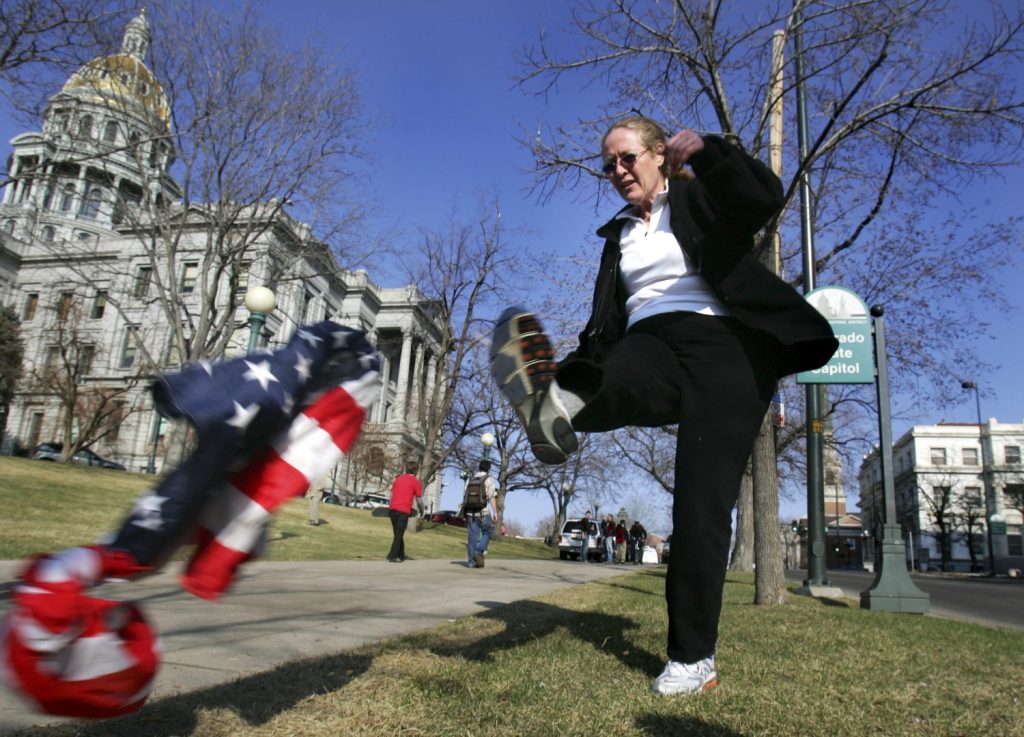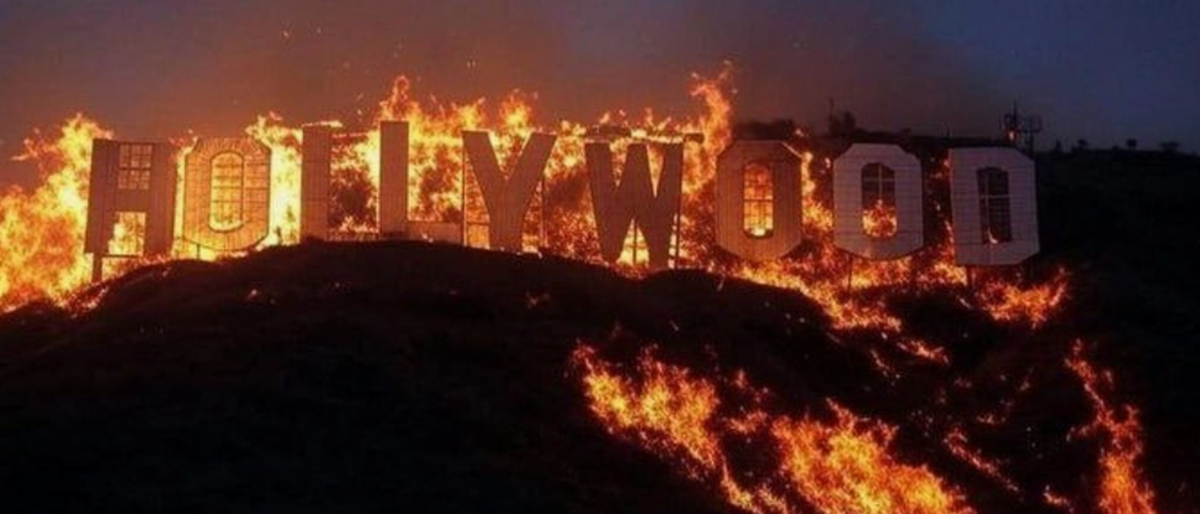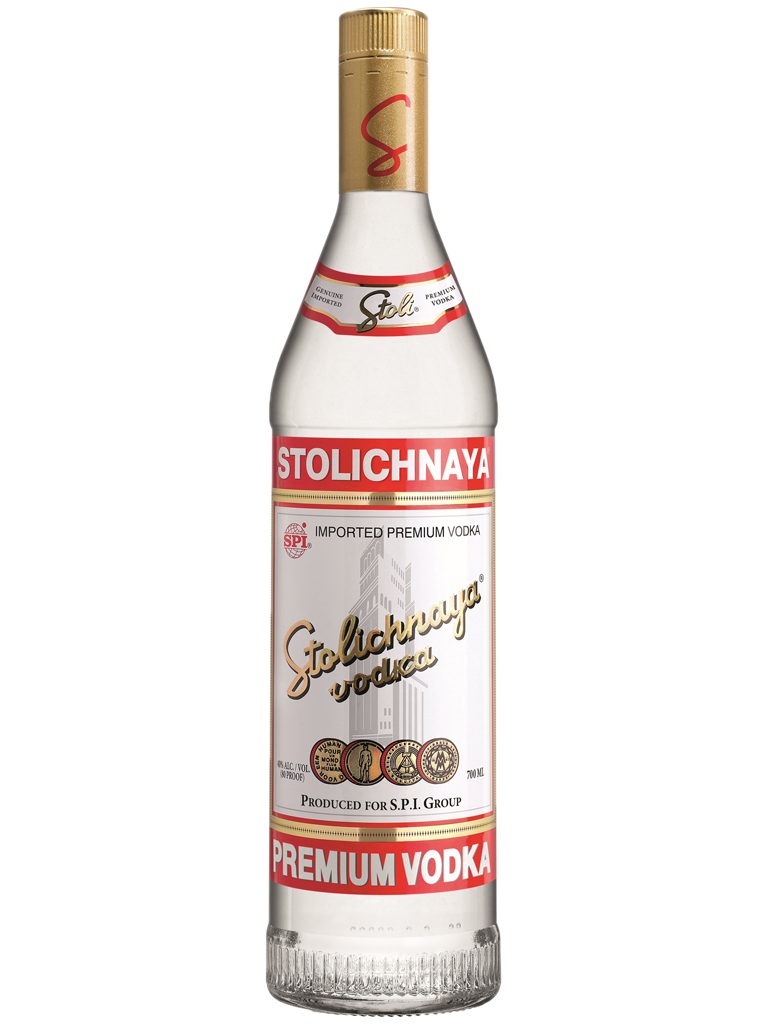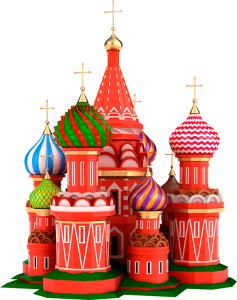
 Диванный Аналитик
представляет
Диванный Аналитик
представляет

превью и подписка
г р у п п а
Знайте, почему Ванас решает сотрудничать со звездой Hipfop -Taiyskaya yunokhm -khmer -dimensional
Ч И Т А Т Ь
Ч И Т А Т Ь
просмотров!!!
Как и некоторые фанаты, сотрудничество между Vanner и Hip Hop, Таиланд привлекает… РАСКРЫТЬ ▼
Как и некоторые фанаты, сотрудничество между Vanner и Hip Hop, Таиланд привлекает большое внимание, в то время как они известны одной и той же стране. Тем не менее, причина, по которой Ванда недавно решает вместе с Юнгмом, в «Песне Ванды» в провинции Баттамбанг, «Smokoc») в песне на своем третьем альбоме на своем третьем альбоме MV в Таиланде, Сордада, сказал, что его риседо Он думал, что думал, что думал, что думал, что думает, что Ли Пенсис, Ке Ли Пенсас, Ке Ли Пенсас, Ке Ли Пенсас, Ке Ли Пенсас, Ке Ли Пенсас, Ке Ли Пенсас, Ке Ли Пенсас, Ке Ли Пенсас, Ке Ли Пенсас, Ке Ли Пенсас, Ке Ли, он думает, что думает, что думает, что он думает, что он думает, что он думает, что он думает, что он думает, что он предполагает, что он.ЗАКРЫТЬ ▲

 Маргарита
представляет
Маргарита
представляет

превью и подписка
г р у п п а
Жизнь Клэр: посетить Met Gala 2025, несущая черную опалу красоту Hute Hute Thete Peydows, Bluaux Blush Stick и Champagne Life Lif
Ч И Т А Т Ь
Ч И Т А Т Ь
просмотров!!!
Я имел абсолютное удовольствие плакать о своем первом гала -концерте с проблематичным… РАСКРЫТЬ ▼
Я имел абсолютное удовольствие плакать о своем первом гала -концерте с проблематичным ритмом вежливо о черной опальной красоте. От начала до конца, вся моя внешность была воплощена в жизнь, используя их замечательные продукты, разработанные специально для улучшения и празднования богатой меланином кожи. Латиша Шкани работал над своей магией, начиная с града, высоких очков черного опала, чтобы создать смелый дымовой глаз, который сделал заявление. Она добавила очень привлекательный обод ресниц в черном, чтобы дать мои ресницы объем и драму, заставляя мои глаза выглядеть точно так же, как они мне нравятся на красную ковровую дорожку. Чтобы принести немного тепла и светиться в мои щеки, она использовала румянную румянную палку - просто правильное прикосновение цвета, чтобы подчеркнуть мои функции. Мы закончили все с шампанским Life Lip Gloss, который добавил идеальное яркое сияние для отполированного, готового к камере. Если вы любили мой гламур так же сильно, как я могу купить полный взгляд на Blackopalbeauty.com. Спасибо Black Opal за то, что помог мне почувствовать себя уверенным в себе, сияющей и готовой к галау!ЗАКРЫТЬ ▲


 Диванный Аналитик
представляет
Диванный Аналитик
представляет

превью и подписка
г р у п п а
Americans’ Declining Trust in Each Other and Reasons Behind It – !
Ч И Т А Т Ь
Ч И Т А Т Ь
просмотров!!!
Americans trust each other less than they did a few decades ago.… РАСКРЫТЬ ▼
Americans trust each other less than they did a few decades ago. The share of adults who said “most people can be trusted” declined from 46% in 1972 to 34% in 2018, according to the General Social Survey. In a 2023-24 Pew Research Center poll, an identical 34% said most people can be trusted. Who says most people can be trusted? Social trust seems to be rooted partly in personal experience. People learn to trust others based on how they themselves have been treated. But scarring events that reduce trust – like losing a job or experiencing discrimination – may happen to people in some groups more often than others, leading to differences in trust across society. Racial and ethnic differences persist even after we take income, education, partisanship, age and other factors into account. Previous research shows that collective as well as individual experiences with racial discrimination can have a lasting impact on levels of trust. Why does trust matter? On the one hand, common sense tells us that people sometimes can be too trusting – falling prey to scams, for example. And distrust can be a rational response to a life full of hardship. On the other hand, trust is the oil that lubricates the frictions of daily life. Trust makes it easier for people to work together to solve problems. It is beneficial for the economy because it’s related to confidence that other people will respect contracts, repay loans and behave honestly. And higher trust is associated with better-functioning democratic institutions. In short, overall levels of social trust seem to go hand in hand with many features of a healthy society, creating a “virtuous circle.” (Though, as with any circular set of attitudes and behaviors, it’s difficult to say what is cause and what is effect.) A Pew Research Center survey from March 2025 offers a few examples. Americans who express trust in others are more likely to say they would help their friends and neighbors in various ways. Trust also plays a role in how people stay abreast of what’s happening around them. Americans who trust others are more likely than those who don’t to trust the information they get from friends, family and acquaintances. This kind of word-of-mouth news is now the most common source of local news for Americans. Also, trust in other people is associated with trust in institutions and experts. For example, people with lower levels of social trust tend to express less confidence in national news organizations, local news outlets, public school principals, the police and the federal government. While few U.S. adults trust the government in Washington much at all these days, Americans who say most people can be trusted are twice as likely to say the federal government can be trusted most of the time (22% vs. 11%). However, there is no consensus on whether declines in institutional trust lead to declines in social trust, or vice versa. Trust may offer some personal benefits, too. People who say most people can be trusted report greater life satisfaction than those who say you can’t be too careful. They tend to report being happier, more satisfied with their health and more likely to describe their family life as excellent or very good. Where is trust highest? Some parts of the United States stand out for higher – or lower – levels of trust. Take, for example, New Hampshire, Oregon and Utah. In these states, close to half of adults say “most people can be trusted.” But the share of people in some other states – like Alabama, Arkansas, Louisiana, Mississippi and West Virginia – who say “most people can be trusted” is about half of that in the highest trusting states. These “lower trusting” states have fewer college graduates and lower household incomes, both of which are associated with lower levels of trust. Within a state, trust also can vary dramatically from place to place. Take California: 35% of its residents (about the national average) say most people can be trusted, but San Franciscans are nearly twice as likely as people in Riverside to feel so trustful (46% vs. 24%). Notably, the San Francisco metropolitan area, which encompasses both Oakland and Berkeley, is one of the most highly educated places in the U.S., with more than half of adults 25 and older holding at least a bachelor’s degree. In the Riverside metro area, by contrast, 25% are college graduates. The two metro areas also differ in average income levels and racial composition in ways that are related to trust. While the level of trust within a community may be predicted largely by the wealth, education and other characteristics of the people who live there, that’s not the entire story. Even after controlling for demographic differences, neighborhoods seem to matter. For example, people who live in an area where more people are college educated tend to have higher levels of trust, regardless of their own level of education. (For more about the impact of neighborhoods, refer to the “Geography” section below.) People who say that drug addiction, poverty, crime and availability of jobs are major problems in their community are – perhaps not surprisingly – more likely to say that most people can’t be trusted than those who don’t face those problems. And Americans who feel only “somewhat safe” in their neighborhood at night are considerably more likely to say most people can’t be trusted, on average, than those who feel very or extremely safe. As numerous studies have noted, demographic and social diversity also can present barriers to trust. A March 2025 survey found that more than two-thirds of people who say their neighbors are similar to them racially, politically and educationally also say they trust most or all of their neighbors. By contrast, most people who see their neighbors as very different say they trust only some or none of them. Still, causality is hard to pin down. Do differences between people increase mistrust? Or do mistrustful people…ЗАКРЫТЬ ▲













